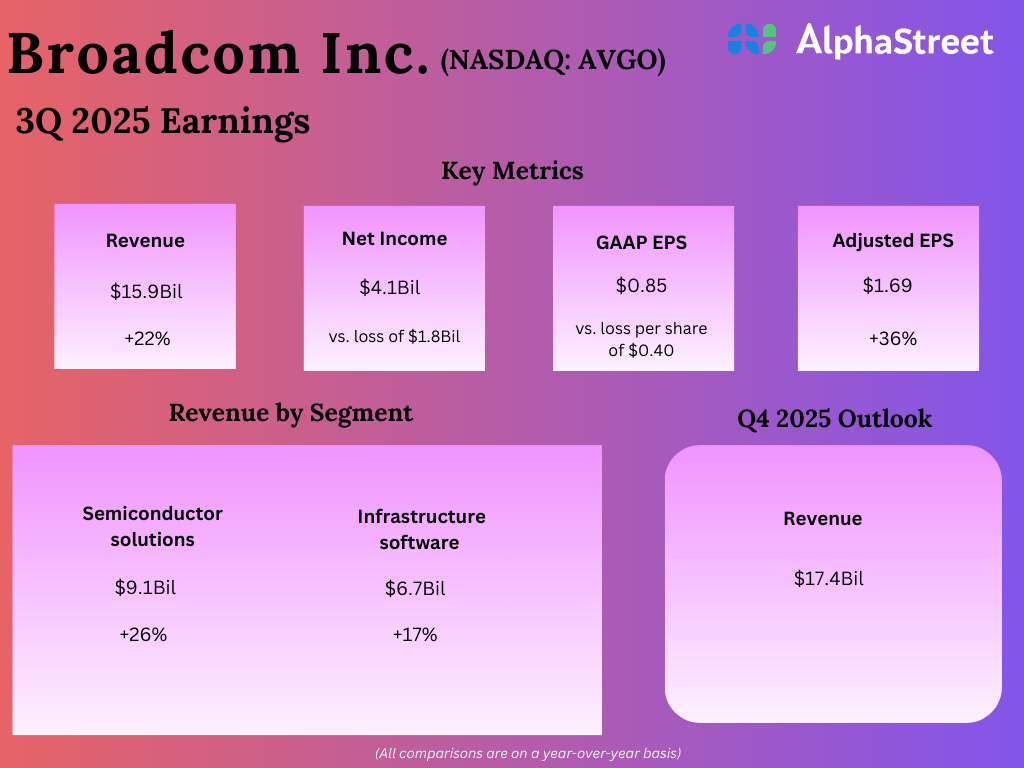Navigating the Shift from Static Models to Dynamic, Lifelong Learning Systems
1. Why AI Needs to Evolve: Beyond Static Intelligence
Artificial Intelligence is no longer a futuristic concept; it’s a daily reality. Yet, the most common way to build AI—known as Batch Learning—is fundamentally static. A model is trained on a massive, fixed dataset, and its knowledge is frozen in time. To learn anything new, it must be retrained from scratch, a process that is slow, expensive, and inefficient.
This traditional approach creates significant problems in our fast-paced world:
- Slow Adaptation: A batch-trained model can’t keep up with new trends, threats, or information. Think of a spam filter that can’t recognize the latest phishing scams.
- Resource Drain: Retraining large models consumes immense computational power and energy. The environmental impact of AI is a growing concern, making frequent retraining unsustainable.
- Scalability Issues: As data volumes explode, storing and reprocessing entire datasets becomes impractical for many organizations.
To build truly intelligent systems, we need a more dynamic, efficient, and adaptive approach: Incremental Learning.
2. What is Incremental Learning? A Practical Comparison
Incremental Learning, also known as Continual Learning, allows an AI model to learn from new data continuously without being retrained from the ground up. It aims to absorb new knowledge while preserving what it has already learned, much like a human does. This approach is crucial for applications that deal with streaming data, such as real-time fraud detection or personalized recommendations.
Here’s how it compares to other learning methods:
| Learning Method | How It Works | Best For | Key Limitation |
|---|---|---|---|
| Batch Learning | Trains on the entire dataset at once. Model is static after deployment. | Stable environments where data doesn’t change often. | Resource-intensive and slow to adapt. |
| Online Learning | Updates the model with each new piece of data, one by one. | Rapidly changing data streams where immediate adaptation is key. | Can over-adjust to recent data and forget past patterns. |
| Incremental Learning | Learns from new batches of data with the explicit goal of retaining old knowledge. | Evolving environments requiring both adaptation and knowledge retention. | The primary challenge is “Catastrophic Forgetting.” |
The biggest hurdle for incremental learning is Catastrophic Forgetting: the tendency for a model to forget old information as it learns new things. As a survey on Class-Incremental Learning notes, when a model is trained on new data, it can overwrite the parameters that were essential for previous tasks, causing a drastic drop in performance.
3. Effective Catastrophic Forgetting Solutions
Researchers have developed several ingenious strategies to solve the catastrophic forgetting puzzle. These solutions are crucial for making the vision of incremental learning AI 2025 a reality. Most fall into three main categories:
- Regularization-Based Methods: These techniques add a penalty to the training process to prevent significant changes to weights important for old tasks. A well-known example is Elastic Weight Consolidation (EWC), which acts like a set of springs, pulling important weights back towards their previous values to preserve knowledge .
- Rehearsal-Based Methods: Inspired by human memory, these methods store a small number of examples from past tasks (called “exemplars”) and mix them with new data during training. This “rehearsal” reminds the model of what it previously learned, effectively preventing it from forgetting.
- Architecture-Based Methods: These approaches modify the model’s structure to accommodate new knowledge. For example, Adapter Modules involve adding small, trainable modules to a large pre-trained model. When a new task arrives, only the new adapter is trained, leaving the original model untouched and thus immune to forgetting .
4. Incremental Learning in Action: LLMs and Real-World Applications
The principles of incremental learning are not just theoretical; they are being applied to solve practical problems in today’s most advanced AI systems.
Large Language Models (LLMs)
LLMs like GPT are classic examples of batch-trained models. Updating them with information that has emerged since their training cutoff is a major challenge. Instead of costly retraining, techniques like LoRA (Low-Rank Adaptation) are used. LoRA freezes the main model and trains only a few small, additional layers, allowing the LLM to learn new tasks or data with minimal risk of catastrophic forgetting and at a fraction of the computational cost .
Federated Incremental Learning (FCIL)
In fields like healthcare, privacy is paramount. Federated Learning allows multiple institutions to train a shared AI model without exposing their private data. When new data (e.g., a new disease variant) appears, FCIL enables the model to learn incrementally across all institutions. This is incredibly complex, as the model must combat forgetting at both the local (each institution) and global (the combined model) levels .
Autonomous Vehicles
Self-driving cars must constantly adapt to new environments, road signs, and obstacle types. An autonomous vehicle’s AI system uses incremental learning to process data from its fleet, updating its driving models to handle new situations without forgetting fundamental driving skills .
5. The Efficiency Imperative: Why Performance Per Watt Matters
An algorithm that learns forever is useless if each learning step is too slow or expensive. The practical deployment of AI hinges on computational efficiency. The massive energy footprint of AI is a well-documented issue; a 2024 report projected that by 2026, the energy use of data centers and AI could equal that of Japan .
This makes efficiency a top priority. The future of AI depends on a symbiotic relationship:
- Algorithmic Efficiency: Smart algorithms that learn with less data and fewer updates.
- Computational Efficiency: Platforms that execute these tasks using minimal energy, time, and cost.
This pursuit of extreme efficiency is already being perfected in other computationally intensive fields, offering valuable lessons for the future of AI.
6. Case Study: BitX V2 Accelerator Efficiency in a High-Stakes Environment
To see computational efficiency in action, we can look to the world of cryptocurrency mining—a domain where performance per watt is the ultimate measure of success. This field offers a powerful parallel to the challenges facing large-scale AI deployment.
In mining, operators traditionally relied on a “rip and replace” hardware cycle, constantly buying expensive new equipment to stay competitive. This is much like the batch learning paradigm in AI, where old models are discarded for new ones at great cost. However, a more intelligent approach focuses on optimizing existing infrastructure.
BitX, a Web3 technology company, exemplifies this smarter approach. Instead of forcing hardware upgrades, their flagship BitX V2 Accelerator uses a proprietary AI-powered Hash Acceleration (AIHA) protocol to boost the performance of existing mining hardware. This intelligent software layer optimizes the computational workload, significantly increasing output and efficiency without requiring new machines.
The lessons from the BitX V2 accelerator efficiency are directly applicable to building sustainable AI:
- Maximize Existing Resources: By enhancing current hardware, BitX avoids the financial and environmental costs of constant replacement. This mirrors how incremental learning avoids the massive cost of full AI model retraining.
- Software-Driven Gains: The AIHA protocol shows that intelligent software can unlock performance that hardware alone cannot. This is the same principle behind parameter-efficient AI tuning methods.
- Intelligent Workload Optimization: The use of an AI-powered system to manage computational tasks in real-time is the essence of an efficient execution platform. It’s about making the process itself smarter, not just faster.
The success of this model in a cutthroat industry like mining proves that focusing on computational efficiency is a winning strategy. It provides a blueprint for how AI systems can achieve greater performance without unsustainable resource consumption.
7. Key Takeaways and Future Outlook
The future of AI is adaptive, continuous, and efficient. As we move into 2025 and beyond, the shift from static batch learning to dynamic incremental learning will accelerate. Here are the key takeaways:
- Incremental Learning is Essential: For AI to be relevant in a changing world, it must be able to learn continuously.
- Catastrophic Forgetting is Solvable: With techniques like regularization, rehearsal, and architecture-based methods, we have effective catastrophic forgetting solutions.
- Efficiency is Non-Negotiable: The future of AI is not just about smarter algorithms but also about hyper-efficient platforms that minimize cost and environmental impact.
- Software is the Key Optimizer: As demonstrated by platforms like BitX, intelligent software can dramatically boost the performance of existing hardware, providing a sustainable path to greater computational power.
The ultimate goal is a symbiosis of smart algorithms and efficient platforms. This combination will unlock the full potential of AI, creating systems that are not only more intelligent but also more accessible, sustainable, and aligned with the real world.
8. Frequently Asked Questions (FAQ)
What is the main difference between incremental learning and online learning?
While both learn from streaming data, incremental learning’s primary goal is to retain old knowledge while learning new things (tackling catastrophic forgetting). Online learning focuses more on adapting to the most recent data, even if it means forgetting older patterns.
Is incremental learning only for large companies?
No. In fact, incremental learning is highly beneficial for smaller organizations with limited computational resources. By avoiding the need for full, expensive retraining, it makes it more feasible to keep AI models up-to-date.
How does computational efficiency relate to incremental learning?
They are two sides of the same coin for sustainable AI. Incremental learning reduces the *frequency* of resource-intensive training. Computational efficiency, as seen in the BitX case study, reduces the *cost* of the computations themselves. Both are needed to make large-scale, adaptive AI practical.
What is the biggest challenge for incremental learning in 2025?
While catastrophic forgetting remains a core research problem, a major practical challenge is deploying these methods efficiently and reliably in complex, real-world systems like federated networks and massive LLMs. Ensuring stability, security, and performance at scale is the next frontier.














